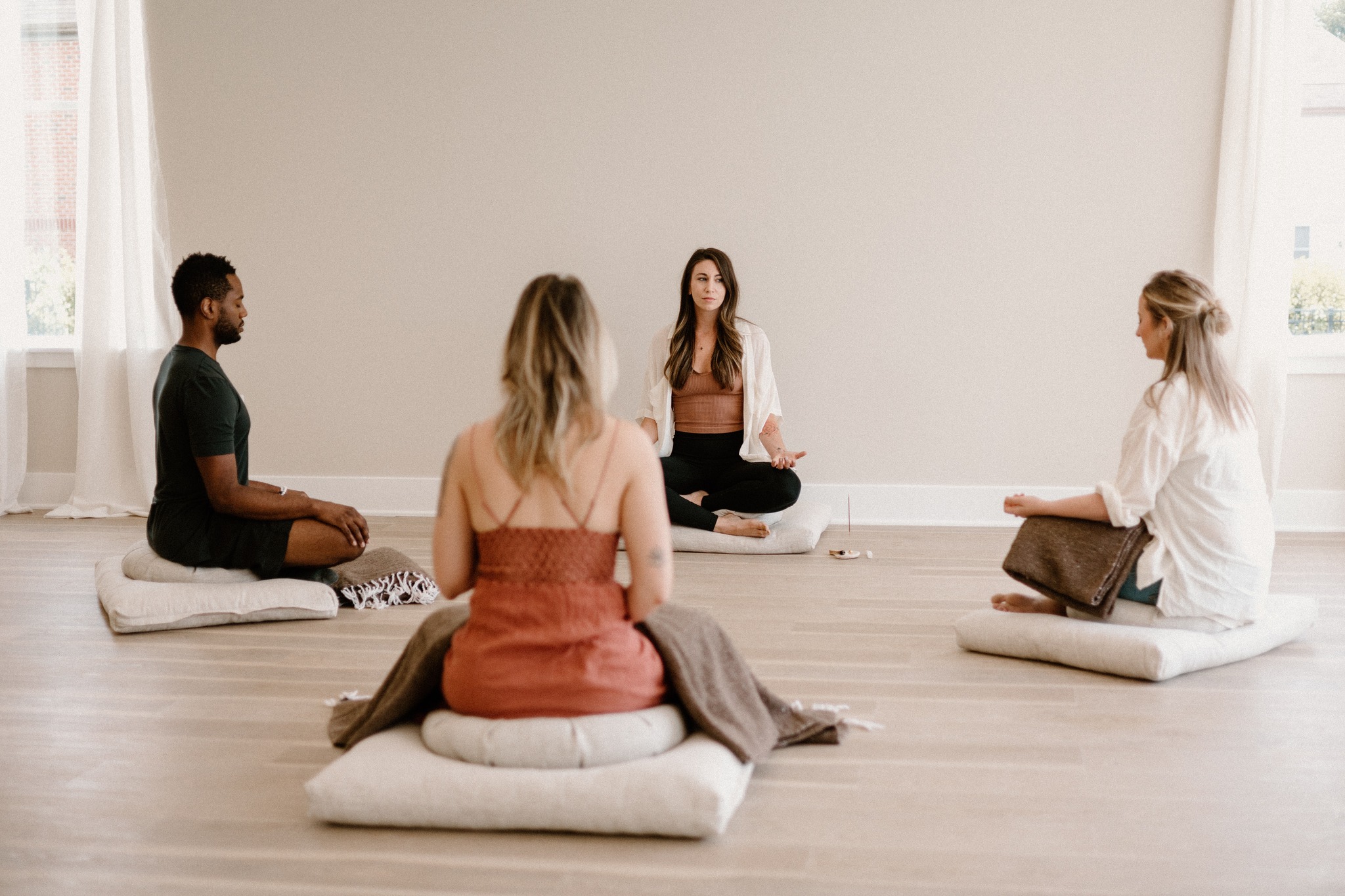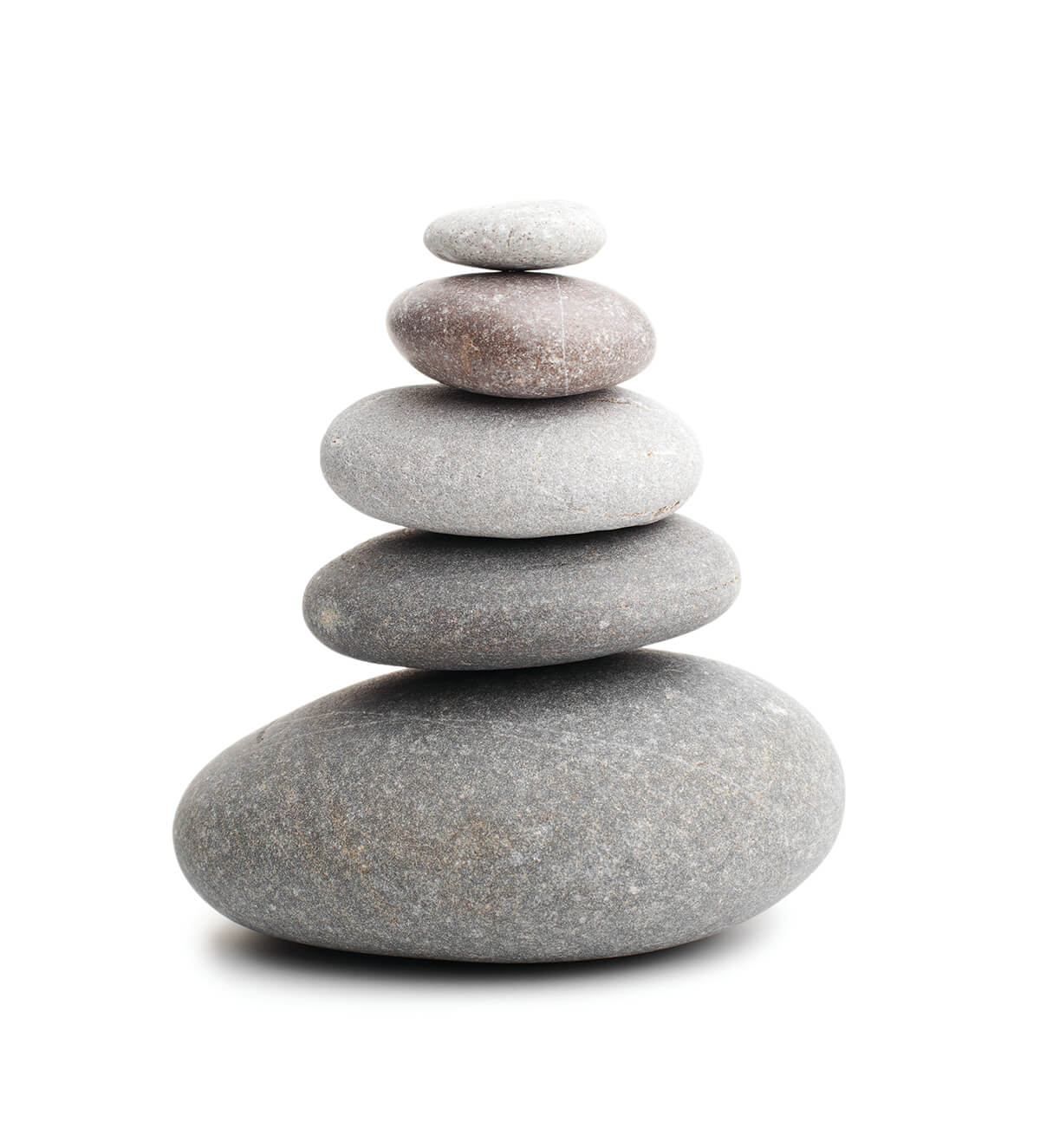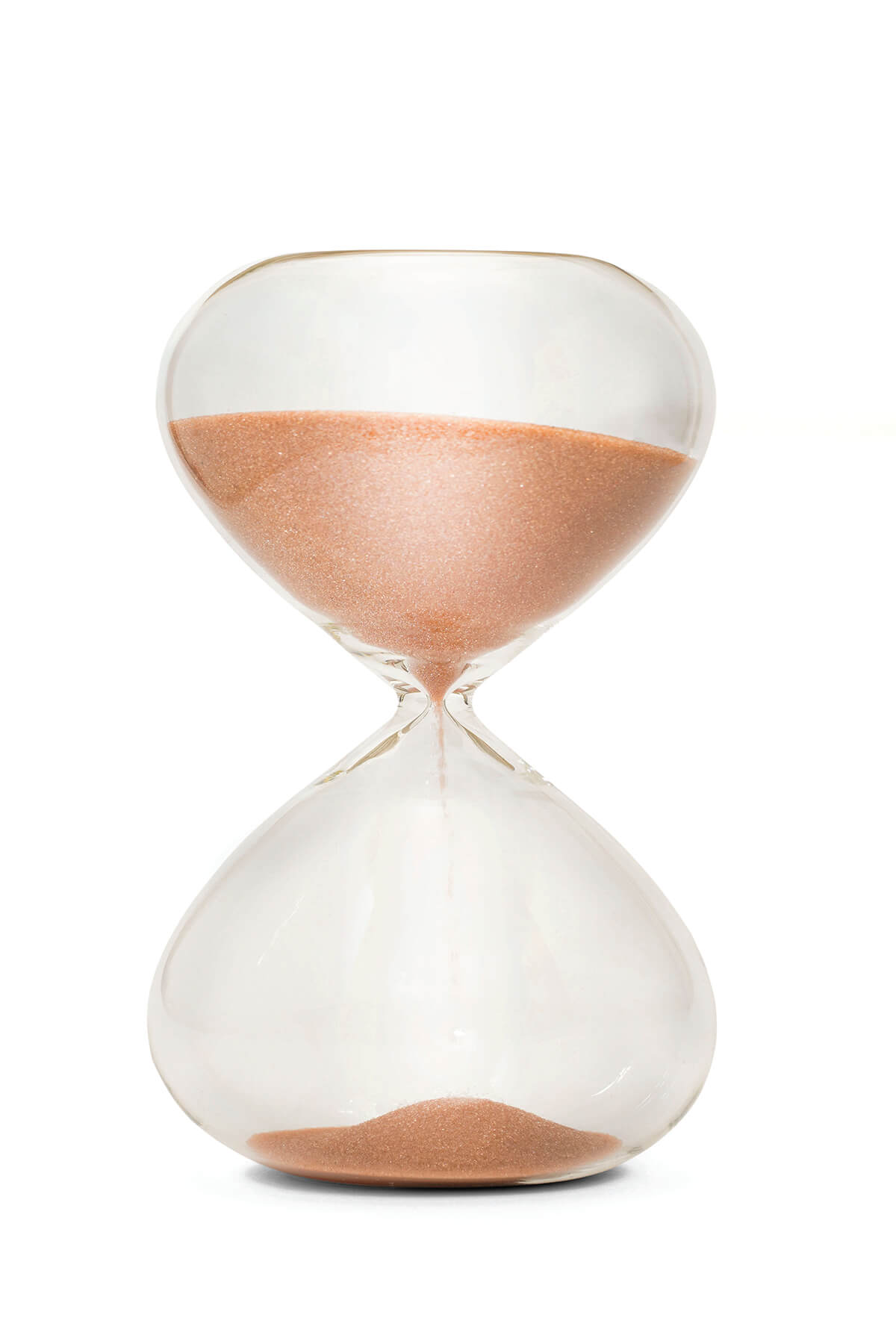Health & Wellness
Everything You Need to Know About Practicing Meditation and Mindfulness
We talked to Amanda Jones, owner of new wellness studio The Sedona House, about how to slow down.

In our fast-paced, hyper-connected, hustle-obsessed lives, peace of mind is a rare gift. Slow down, people always say. But how? A new wellness studio in Baltimore dedicated to meditation and mindfulness hopes to answer that question. We talked to The Sedona House owner Amanda Jones and asked her: What can meditation do for us?
What is your definition of meditation?
Mediation is not a mind free and clear from negative thoughts or stress. It is not total peace and enlightenment. As long as you are a human with a human mind, you will have thoughts, some more intrusive than others. The practice of meditation is getting nose to nose with reality and expanding our capacity to navigate whatever state of mind or circumstance you find yourself in.
How does one prepare for a meditation class?
There is no preparation needed. You can show up in a bad mood, in your work clothes, or with baby spit-up on your shirt. The practice takes you as you are.
What can we expect?
At The Sedona House, we start our hour-long classes with a conversation connecting the practice to daily life. Then we move into breathing or gentle movement to calm the nervous system to prepare our bodies for stillness. Then we sit. We have cushions, blankets, and everything you need to feel comfortable.
How is practicing in a group setting different from practicing alone at home?
The feedback that we receive from our newcomers in the studio is that meditating in a group setting is so much easier. Even with your eyes closed, you can feel the support and commitment from everyone in the room.
What other tools can support a mindfulness practice?
Breath is one of the most underutilized tools in supporting our well-being and we all have access to it. Pausing to take three deep breaths in the middle of our day can help us to re-center, separate from autopilot mode, and decide what we might like our next moment to be like. Gratitude is actually a really potent well-being tool. Gratitude is simply a redirection of our thinking to something that we are choosing at that moment versus a rollercoaster of worry.
What are the results?
Some tangible takeaways are breath practices to regulate your nervous system or a new mantra to support you when negative thinking creeps in. You might notice having more compassion in a challenging conversation with a loved one. You might grip the steering wheel a little more gently, even when you are running late. If your heart rate does elevate, you will be equipped with tools to navigate those nervous system responses on the spot. Even if nothing physically changes, you might start to experience your life through a new lens.
WHAT YOU NEED

YOURSELF: All you need is yourself and a quiet space.

BREATH: Deep breaths can slow down and regulate your nervous system which helps re-center the mind.

TIME: Classes are typically an hour long at a meditation studio.